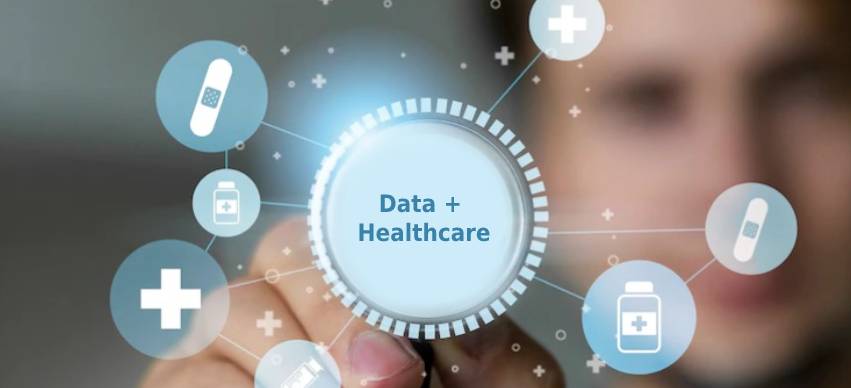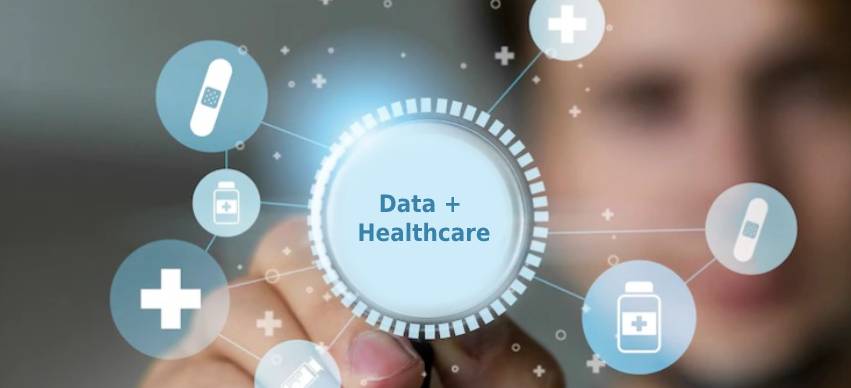Microplastics in Humans: Understanding the Risks and How to ..
8 Min Read


Data healthcare, a collaborative partnership between The Royal Free London NHS Foundation Trust and the Royal Free London NHS Trust, is a unique alliance which brings together the expertise of the Trust’s clinicians and researchers, with the expertise and innovation of the Trust’s data team. This enables the creation of novel, high-quality research studies which look at real-life patient experiences of healthcare.
The two teams work closely together to ensure that the information gathered from these studies is used to help inform decisions on how best to deliver care across the entire range of services offered within the Trust.
The National Health Service (NHS) was established by the British government in 1948 to provide free healthcare. The UK NHS has been the subject of much debate over the years.
The first generation of the NHS was set up to provide free healthcare to all in society, but, with the development of new medical technologies, it became apparent that there were limits to how much care the system could offer. It was recognised that providing care to everyone was not feasible, so the NHS was split into two sections: one to provide free healthcare to all, and another section for those who were not eligible for free healthcare.
Today the NHS is seen as a model of healthcare delivery, with an emphasis on prevention, rather than treatment, which is aimed at maximising patient wellbeing and improving quality of life.
We are living longer, healthier lives than ever before – but this means our bodies are breaking down more quickly, requiring us to rely more on technology and medical science to keep us healthy.
In this digital age, the NHS (National Health Service) is increasingly reliant on data analysis to help detect and prevent disease, and ensure treatment works effectively.
The National Health Service in England has embarked on a bold mission to collect vast amounts of data on its patients, from the moment they arrive in a hospital, to monitor everything from health and fitness levels, to social circumstances, and the care they receive.
By pooling information from hospitals and GP practices across England, it is creating a national picture of what is happening to patients and how this data can be used to help improve care.
We are working hard to improve care for the NHS, and our aim is to make sure that patients and the public get the best possible care at a reasonable cost. To achieve this, we need the most accurate information available.
To achieve this, we must collect data to understand what happens to patients in the NHS, so we can develop a strategy that will help the NHS deliver better patient outcomes at a lower cost.
The NHS already collects a lot of information on each patient through routine practice, which can be used to support decision making.
This new data collection will help us use the wealth of information available to us to identify areas where we can reduce the cost of care while improving patient outcomes.
The world is changing at an incredible rate – and healthcare is no exception. The internet has revolutionized the way we find information and connect. And now, new technologies mean we can collect vast amounts of data and use them to track health trends and identify solutions that can save lives. Healthcare analytics is at the heart of this transition, helping to improve patient outcomes and drive down costs.
In general, the term “data analytics” describes a range of techniques used to analyze data to uncover patterns or correlations within the data. This helps to reveal the root causes of the problem or to find the best solution. As our world becomes ever more connected, data is collected from many sources and can often be quite complex. Analytics techniques are designed to take these data points and make sense of them. This might involve identifying patterns in customer purchases or finding new ways to predict disease risk.
Data analysis is crucial for improving healthcare. Patients are now more engaged than ever in their care, which means that they are better informed and able to share their experiences with other patients. Doctors and researchers have access to an increasing amount of information from a range of sources. They can access data and trends about disease, diagnosis, treatments, and clinical trials. This can provide them with the knowledge needed to find solutions and deliver better care.
For instance, data analytics can help doctors and scientists determine the best treatment for a disease. For example, researchers are using genomic data to find the genetic cause of disease, enabling personalized treatments for patients. Data analytics can also help improve patient outcomes, making hospitals more efficient. For example, they can be used to predict surgical complications and ensure that surgery rooms are adequately stocked. It is also important for tracking health trends and improving public health. For example, data analysis can help track the spread of disease, monitor the impact of policy changes, and predict where there are gaps in health provision. It can also be used to detect and track health-related issues, such as the effects of air pollution or climate change.
It is still very early days for data analytics in healthcare. The major challenge is gathering and analyzing large amounts of data to discover meaningful insights. As data collection becomes easier, the demand for data analysis will increase. A second limitation is that data is only useful if it is shared. If the data is not openly accessible, it cannot be analyzed and so its true potential cannot be realized. One reason data may not be openly accessible is because of data masking practices with tools such as Delphix.
Healthcare is full of numbers and statistics, but we know little about how these numbers relate to individuals and societies. How can we use statistics to create new tools to improve people’s lives?
We are using new data technologies to help us understand our lives and our communities. From sensors attached to mobile phones, cars, and homes, to the latest computing technology, new ways of collecting data are helping scientists to find patterns and predict events such as heatwaves, floods, and earthquakes.
In a series of new projects we are working with organisations such as NHS England, the Department of Health, and the Food Standards Agency, to use data collected through smartphone apps, medical records, social media, and wearables to predict health outcomes and environmental threats. The goal is to provide early warning of disease, disasters and pollution before it causes harm.
In other cases, researchers are using machine learning and artificial intelligence to analyse large quantities of data to predict and prevent crime. This includes the creation of crime maps that show where crimes have occurred and when. By analysing information including weather, movement, public transport, and social media data, scientists are able to predict whether a place or individual is more likely to become a criminal hotspot.
By understanding people’s behaviour, we can develop more effective interventions. Social media allows us to track everything we do online and provides a window into people’s lives. We are now able to see how our friends and family communicate and interact, and what topics they discuss and how frequently they do this. This information can be used to provide insights into how we can work more effectively to help others.
To understand and prevent diseases, we can collect information from mobile phones and other devices. Using smartphone apps, people can report symptoms, send images and videos, and measure and monitor their health. For example, we can use a phone app to record the number of steps a person takes each day. We can then link this with data collected by GPS technology and accelerometers and compare this with recorded daily physical activity levels. This information can be used to create new tools that encourage people to live healthier lives.
Social media is changing people’s lives. Data collection and analysis has been a key part of that, and there are already many ways of using this data to understand how people live. But we are just beginning to understand the impact of social media on society.
We are now developing ways to combine data and technology to build new tools that help us predict and prevent disease. These include combining large data sets with mobile technology to create a platform that predicts when and where people will fall ill. We are also using sensors, artificial intelligence, and data analysis to understand people’s behaviour online and create more effective digital interventions to support people’s mental health.
With data collection and analytics becoming easier and cheaper, we are seeing rapid improvements in the availability and quality of data and data-driven solutions. These solutions can be used to understand human behaviour in the context of a person’s social environment, and enable us to create new ways of supporting individuals and families.